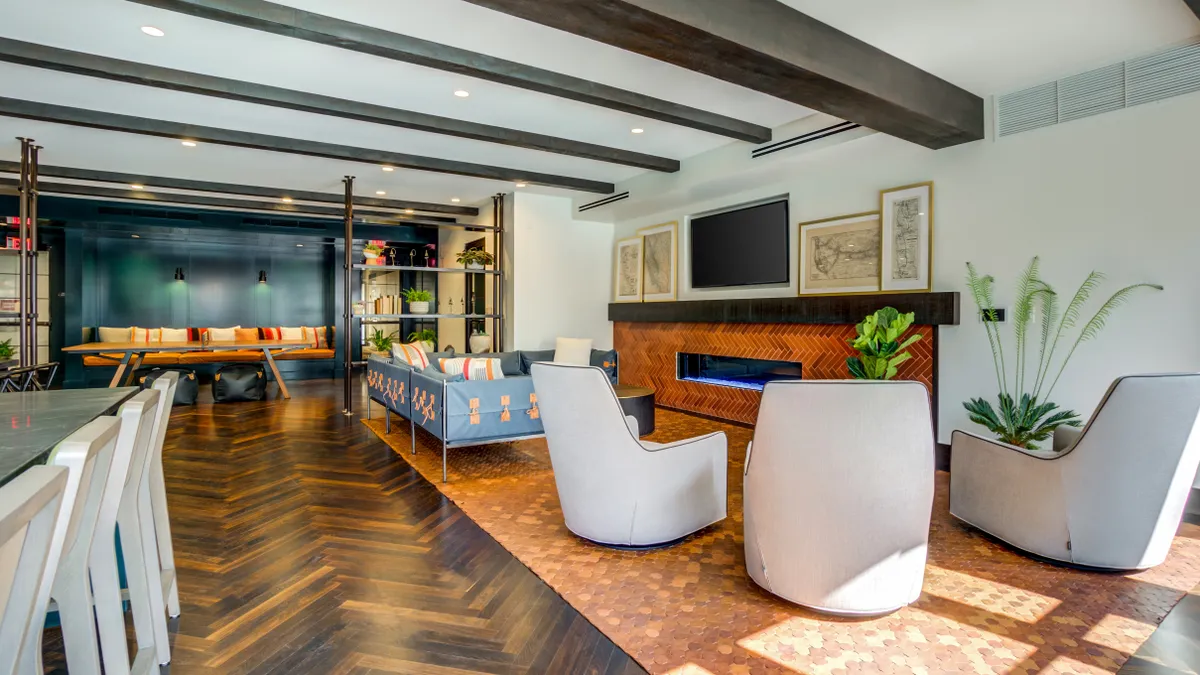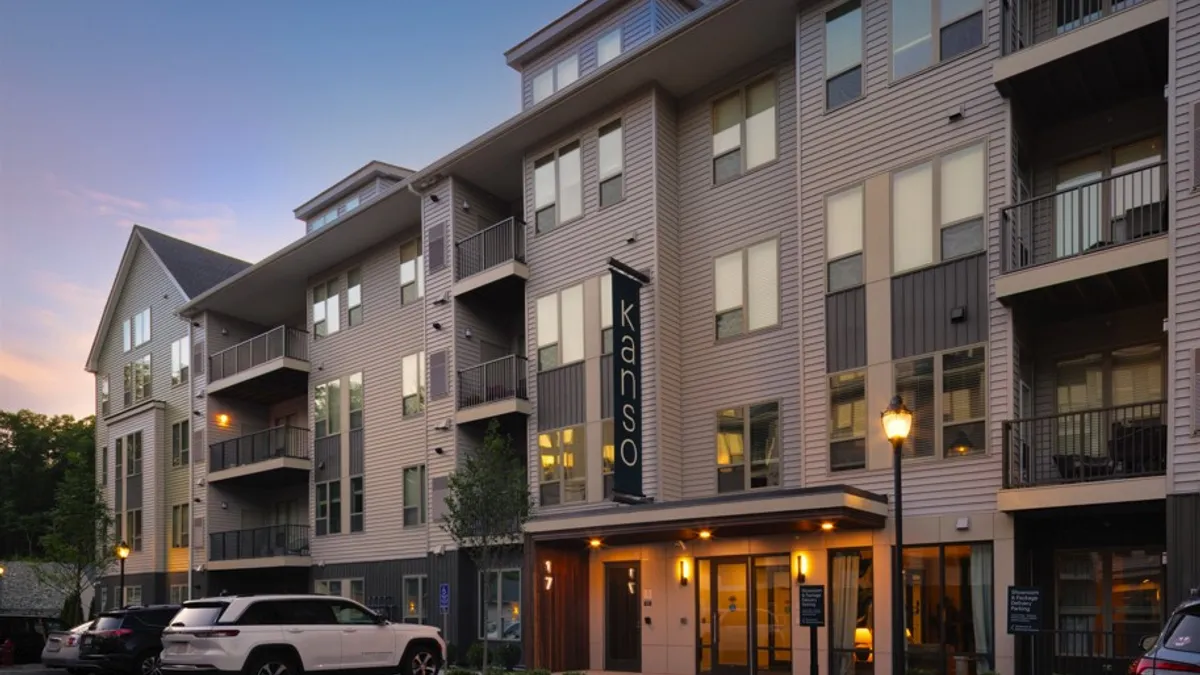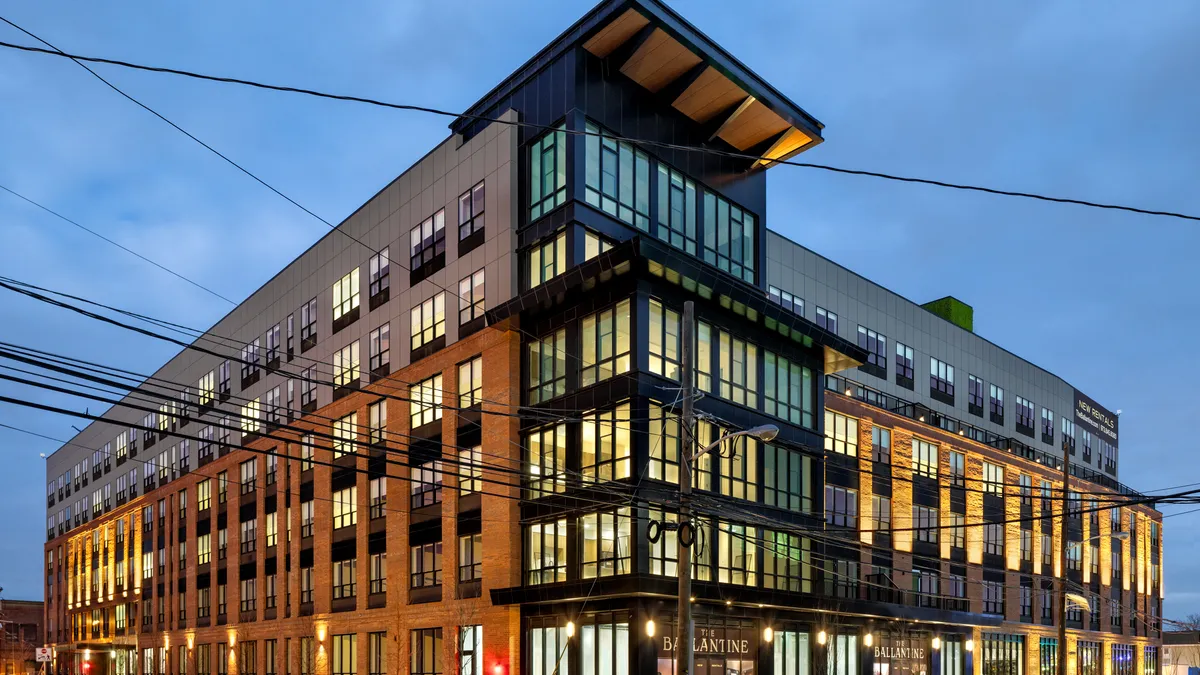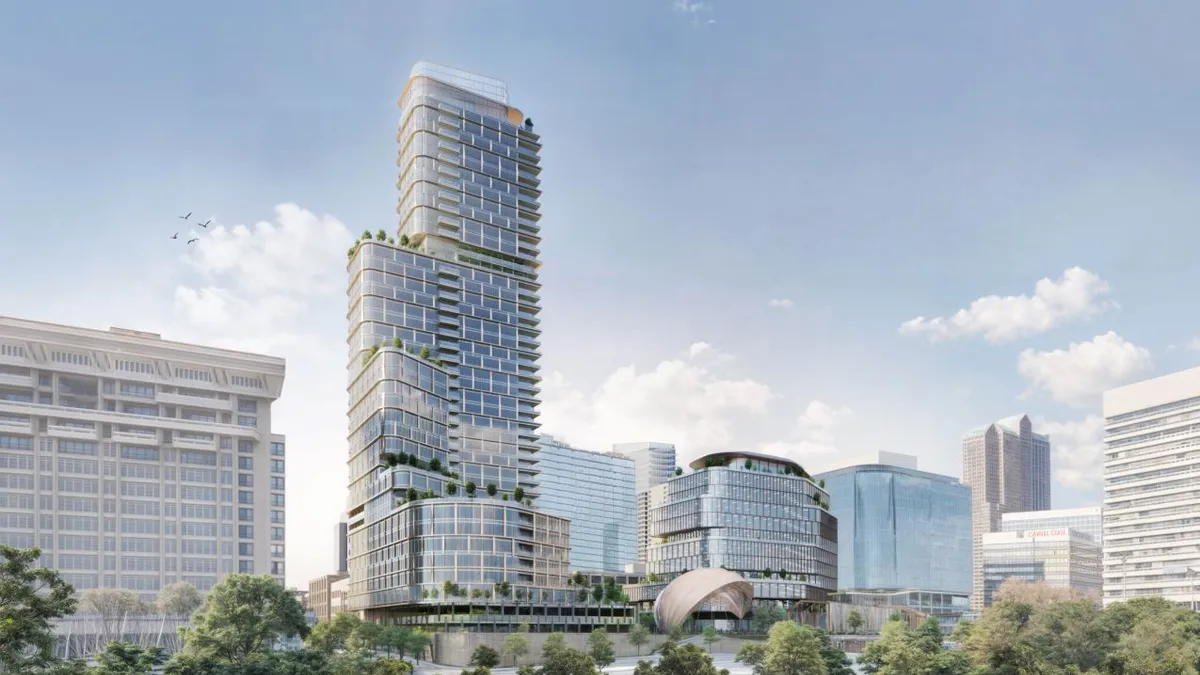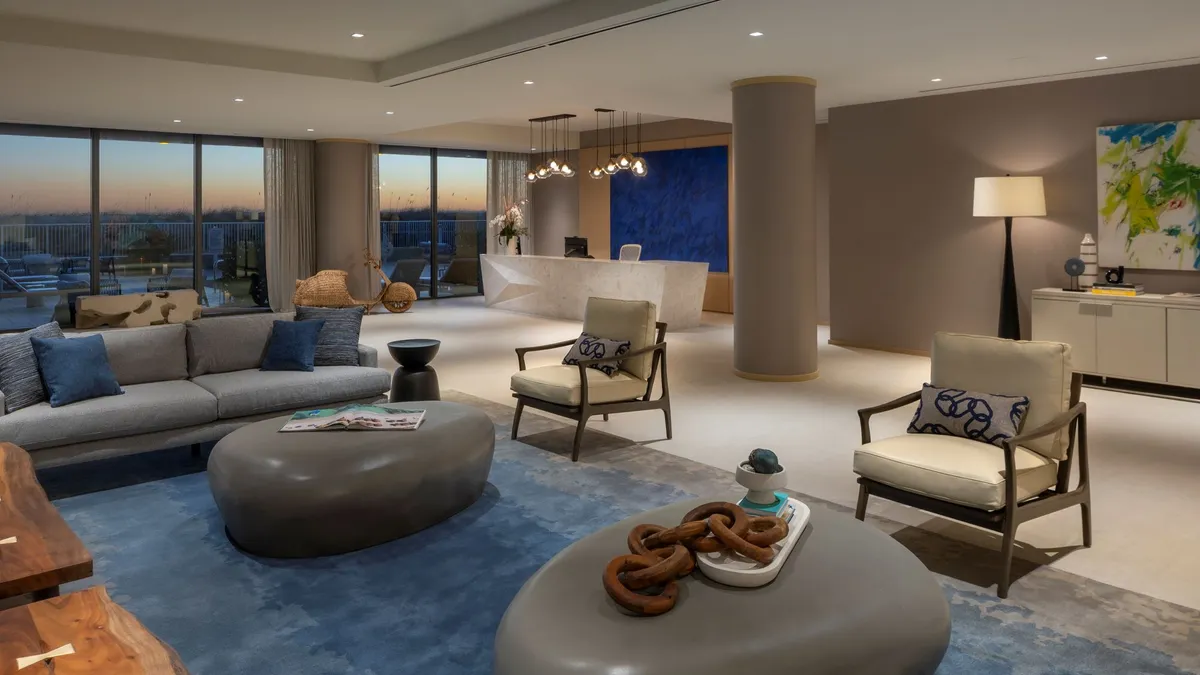This story is the first in a series of three looking at what young renters want in an apartment and how to market to them. Click here for the second article and here for the third.
For the last several years, millennials have made up the largest share of renters in the United States. However, as this group has aged and started families, a growing number are leaving the rental market in favor of becoming homeowners — 7 million over the last five years alone, according to RentCafe.
Here to take their place are their up-and-coming younger siblings, the oldest members of Generation Z.
The U.S. Census Bureau defines members of Generation Z as those born between 1997 and 2013 — with the oldest members turning 26 this year and the youngest turning 10. The Gen Z renter cohort stands at 5.6 million as of 2022 — still the smallest out of the four largest generation groups, but rising at about the same rate as the millennial generation did in its first six years in the market.
This number will only continue to grow as more members of Gen Z reach adulthood, and apartment providers will need to be keenly aware of their living preferences — and how they differ from those of millennials — in order to appeal to them as renters. Here are some best practices for reaching and retaining them:
Technology rules
During the COVID-19 pandemic, virtual tours and other web-based leasing practices became the new standard for multifamily communities. No one is better prepared for this than members of Gen Z, who are considered the first generation of “digital natives.”
“Gen Z advanced in parallel with technology, whereas millennials had to slowly adapt,” Connor Blakley, CEO and founder of Gen Z marketing firm Youth Logic, told Multifamily Dive.
People in this age group spend 6.5 hours on their phone each day on average, according to RentCafe. Seventy-four percent named spending time online as one of their favorite pastimes, and 35% said that the presence of technology in their apartments and communities was important to them.
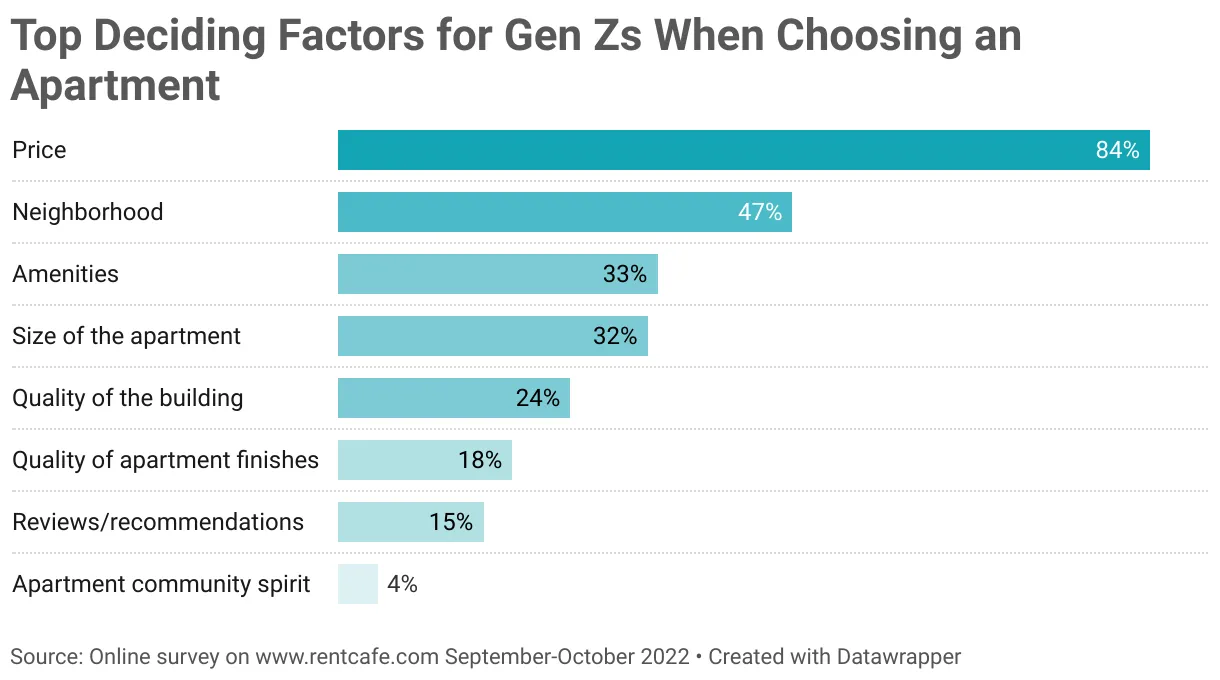
When asked about the top digital features they wanted in their apartments, the vast majority named the ability to make rent payments and maintenance requests online or via phone app.
More than any generation before them, Gen Z is able to navigate the wealth of information at their fingertips about a given rental property, from internet listing service profiles to virtual tours, online reviews and even TikTok videos. Not only that, but they’re also motivated to learn all they can before they ever set foot inside or speak to a leasing agent.
“People are smart today,” Ryan Kimura, senior vice president of strategic partnerships at Dallas-based multifamily development and design firm Premier, told Multifamily Dive. “They’re going to look for units online for a little while, and then they’ll go and they’ll start asking questions. You have a renter that’s coming in a little bit more informed or educated about what they want to see, as they're already sort of pre-sold, than they were 15 to 20 years ago.”
Kimura believes that being able to lease a unit online is going to become a “necessity” for apartment companies, no matter what class of apartments they offer. “They still want to see the unit, but they’re already pretty close to making that buying decision, even before they walk in the door,” he said.
Worth the cost
Another factor in the rental decision that young renters are conscious of — and likely to do a lot of research on — is cost. This is particularly pertinent as building material prices continue to rise and housing affordability remains a hot-button issue.
Almost half of the nation’s renters are considered cost-burdened, which means that they spend 30% or more of their income on rent, and average rents have risen to record highs in the last several years. For Gen Z, this overlaps with the start of new careers.
“Gen Z renters are looking for reasonably priced apartments that offer an array of amenities and are willing to travel a small distance — preferably by public transit — to find an apartment of choice,” said Melissa Joerg, project manager at MBH Architects, an Alameda, California–based designer and architect of market-rate, mixed-use and senior housing. “With construction costs ballooning and a shortage of reasonably priced apartments, everything is expensive, especially for someone just starting out.”
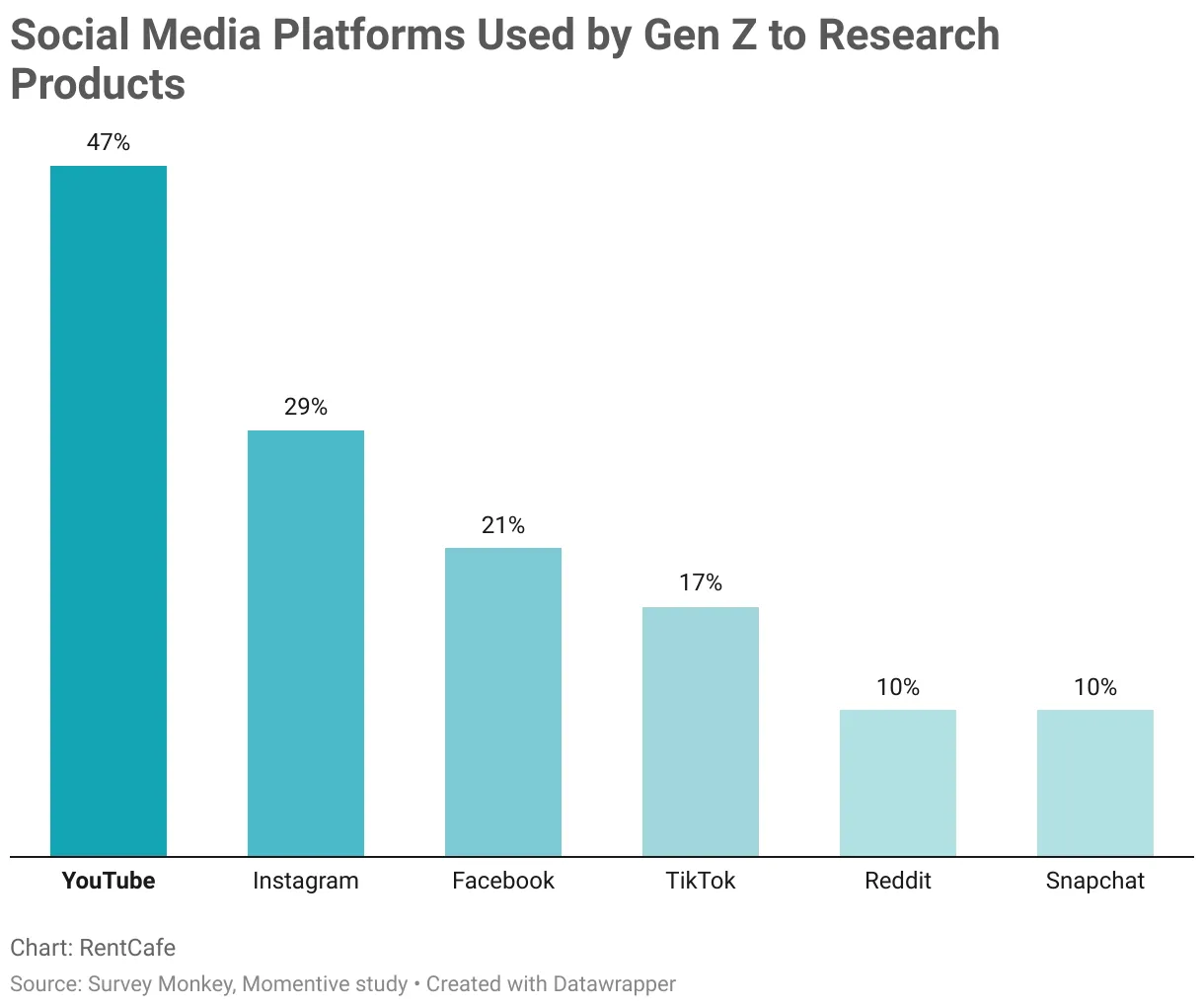
In order to combat this for the new properties they design, MBH Architects seeks to reduce costs on the design end as much as possible — including designing efficiently the first time in order to avoid multiple redesigns, choosing building materials that are readily available and exploring modular housing technology.
Overall, however, the value of an apartment for a Gen Z renter will be judged against its perceived benefits. Foremost among them are the ability to connect with others and to foster interesting experiences — two valuable components of a Gen Z renter’s living experience.
This is especially important as the value and entrepreneurial nature of real estate has captivated Gen Z, according to Blakley, specifically the benefits of ownership. “To combat this and truly attract Gen Z renters,” he says, “highlighting flexible options, mobility and community are paramount.”



